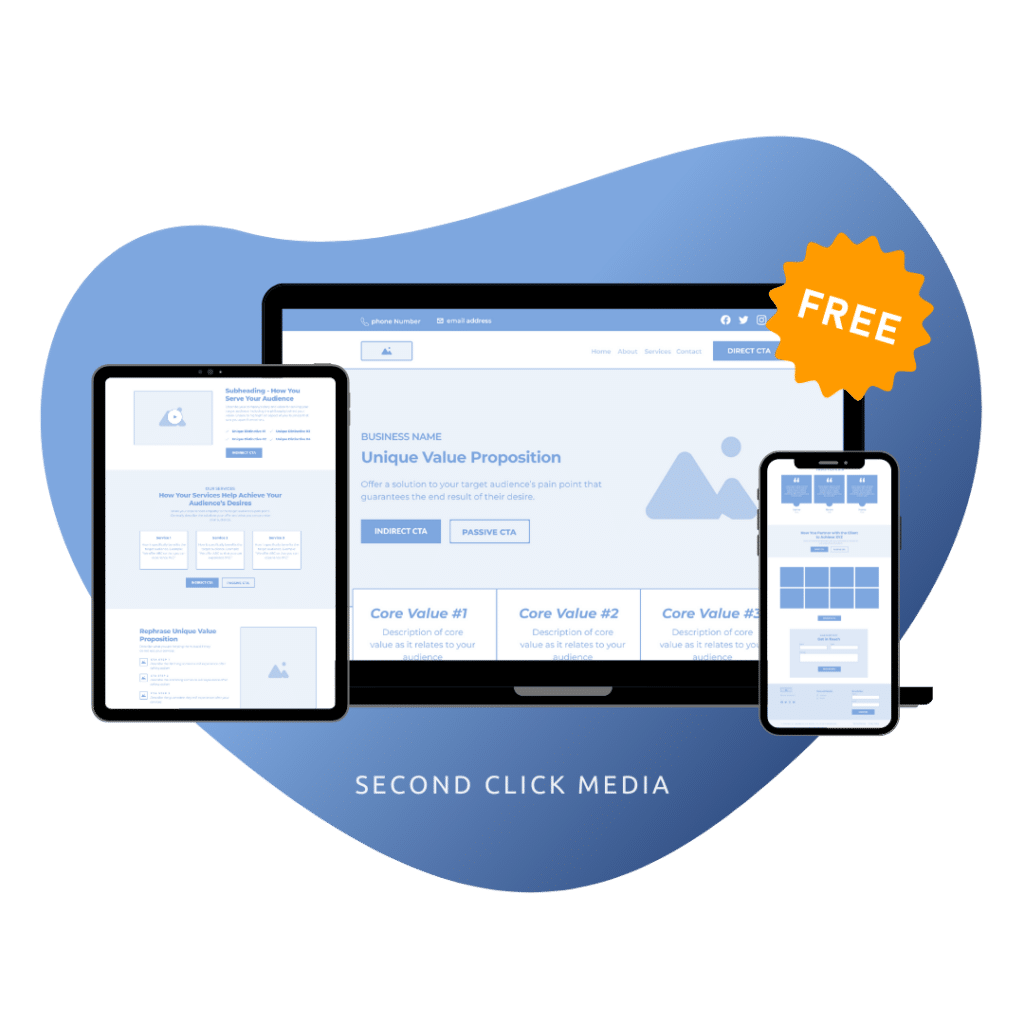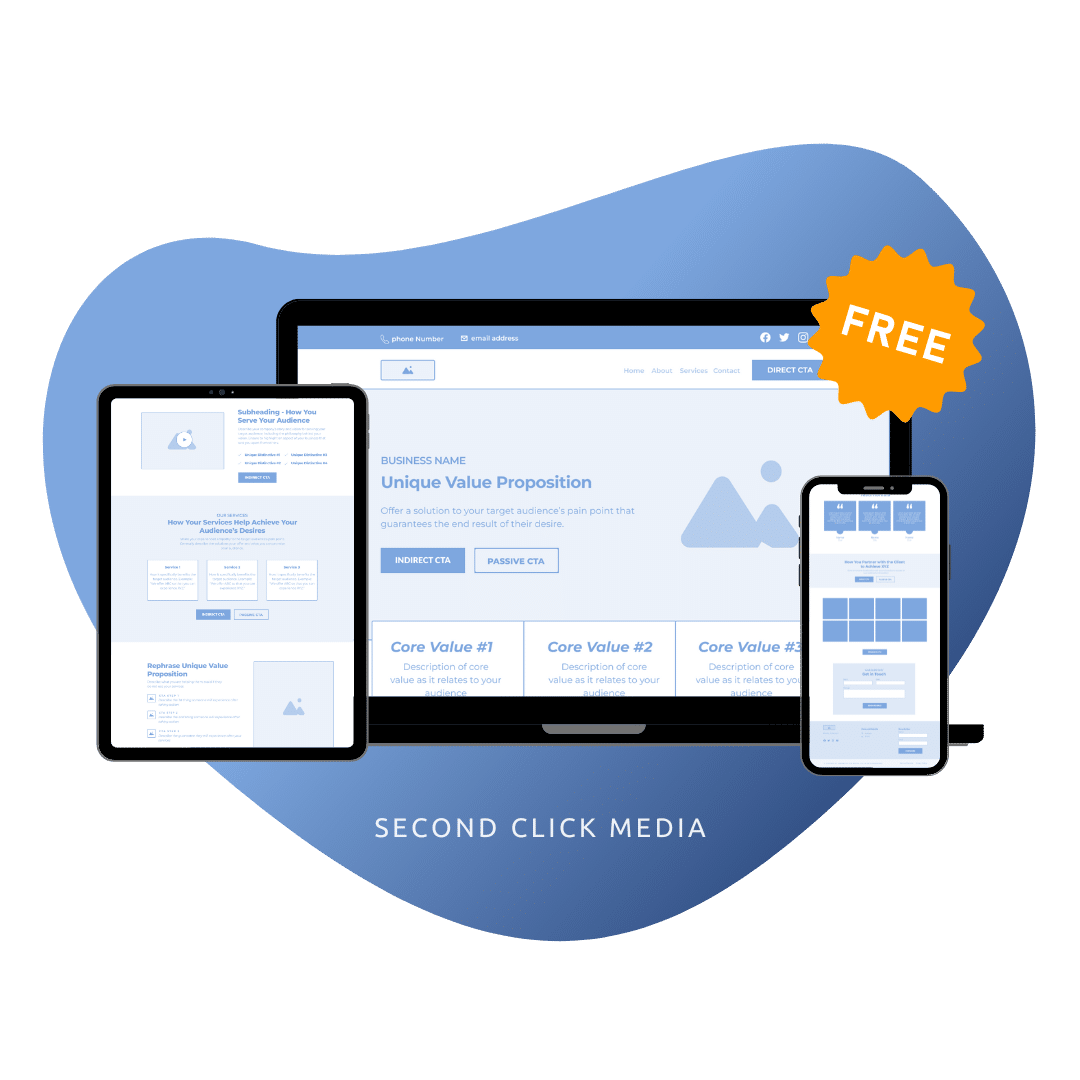If you are launching a new website for your business or brand, your SEO ranking is probably one of your top worries. Fortunately, you may be able to avoid starting from scratch! Transferring the domain authority that you spent time developing from your old site to a new one can be accomplished with a few simple steps. And even better, a redesign can actually improve SEO rankings in the long run, so it’s definitely worth taking the time to learn and do it right.
Basic SEO integrity: Things to know
Search Engine Optimization is the key to getting your site ranking highly on Google or Bing, and it will go a very long way towards helping you get new visitors and customers. SEO is a really broad discipline that contains many facets that are designed to make a website easy for users to navigate. It also focusses on building page and post layouts to be more appealing to search engines, which will directly affect how your website appears in the results. However, not all SEO actions are good or advised, so there are a few things to know in maintaining integrity with your SEO practices.
The Focus is Always the End User
The first thing to keep in mind is that the focus should always be on the user. Search engines are very important, but you should not be creating content or designing a website for machines – everything should be focused on people first.
From there, focus on creating expert content and building domain authority. Write blog posts and film videos on topics that your target audience actually cares about but focus on your expertise or unique viewpoint. This will help ensure that visitors to your site find you more trustworthy and will improve your rankings overtime.
Redesign Website Tips
Relaunched websites have a great opportunity to improve in areas the old website was lacking. Take steps like using smaller images to reduce load times, streamline the design to be intuitive, and optimize the layout for mobile. These of these steps will go along way towards guiding you towards developing a good SEO ranking on your relaunched site.
New Domain
When establishing a new domain, it is important to cover all of your bases and ensure that your site traffic and SEO ranking are preserved as much as possible. There are domain-specific tasks to perform, and some of these steps should be taken before you even make the switch to the new domain.
History of Your Domain
For instance, investigate the history of your new domain. The history of the domain name is going to potentially impact SEO. This may not matter if you are using a domain that has never been used before. However, if you purchase one that has been used in the past, there may be existing backlinks to be aware of. You will especially want to make sure that the domain has not previously been flagged for poor SEO practices that could impact you once you take over the web address.
Setup Forwards or Redirects
Forward all traffic from the old domain to the new one. It is important to ensure that each page of your old website is redirected to the corresponding page on your new website under the new domain. You can miss out on a lot of traffic if you fail to create redirects for each and every link.
On the same note, every external site that links back to your website is updated, if possible. This means making sure you go through your business profiles and social media accounts to update the web address on file. However, it might also mean reaching out to other sites that are unaffiliated with you but have backlinks that connect to your old website.
Before Launch
Before you launch your website redesign, there are several key moves to set yourself, and your new site, up for success. For instance, attend to your existing site in several ways before moving on to the new domain.
1. Set up Analytics Tools
Things like Google Analytics and Google Search Console are going to be very valuable post-launch, because they will offer lots of insights into the performance of your new website. However, they will be infinitely more useful if you have a baseline to compare them to. That’s why, it’s a great idea to start using these tools on your old website, before launching the new one.
2. Keyword Research
Similarly, it’s going to be a good idea to dial up your keyword research efforts, as well as tracking your rankings for keywords. All of these steps will let you can cultivate some data that can be used to track the progress of the redesign and allow you to compare its SEO ranking and stats to those of the old website.
3. Mapping Out the New Site
In terms of preparing for the new website, steps like mapping out the site. Pay particular attention to the URLs of the webpages on your redesign. Of course, set up the redirects from the old site to the new pages as URL structure is important for SEO purposes and user experience.
4. Prepare Page Titles and Descriptions
At the stage just before transitioning to the new site, work on the finer details of your new webpages. Prepare your meta descriptions and title tags, and some data may be valuable to copy over to the new posts and pages. It’s very crucial to put effort into these, as search engines will scan these and try and determine if this is new information or simply updated, ultimately affecting your organic search result rankings after the launch.
5. Updating Search Engines
Once you launch your redesign, the first thing to do is to make sure that everything is updating with Google. Make the most of tools like Google Search Console and Google Analytics to ensure that SEO ranking stays strong.
For step one of this process, verify the new domain and website with Google Search Console. This will help you manage the site and gain important information about its performance.
Once your new website is established with Google Search Console, create an XML sitemap and submit it for indexing. This will tell search engines to crawl your site and index the information much like a library categorizing books and articles.
Next, update Google Analytics to reflect your new domain address. From there,
use both these tools, to monitor how your site is doing post-rebrand and be able to make any adjustments that are necessary along the way.
After Launch
Once you have launched your new site, the most important thing is pay attention to analytics. If you have followed the steps before launch, keep site traffic and keyword data for your old website handy. Use this to compare the new data for the redesigned site as it will make a good point of reference and see what is working versus what might need to be improved.
Just after a relaunch, your SEO ranking and other stats may take a slight dip in the beginning. However, after a few weeks or months, rankings will bounce back, and hopefully be better than ever.
As things progress, continuously look at the analytic tools and assess areas that need improvement and make the adjustments as needed.
Summary Checklist
- Look into the history of the new domain name before committing
- Start collecting analytics data on your old site before switching to the redesign
- Create a site map
- Work on URL structure
- Draft meta descriptions and title tags
- Make sure all traffic is forwarded to the new domain at launch
- Verify the new domain with Google Search Console
- Submit your XML site map
- Update your Google Analytics profile to reflect your new domain
- Pay attention to the data you collect and let it guide you
- Keep creating content
If you have further questions, or want to review your redesign plan with a professional, we would love to help! The Second Click team is made of SEO experts who can help you with the process of launching a new website.





